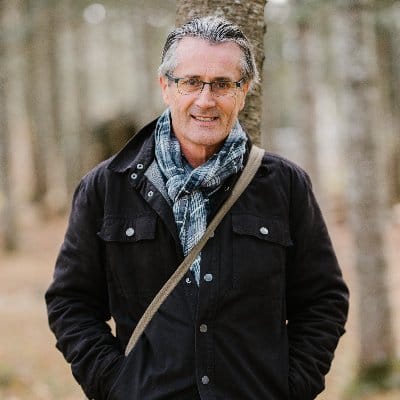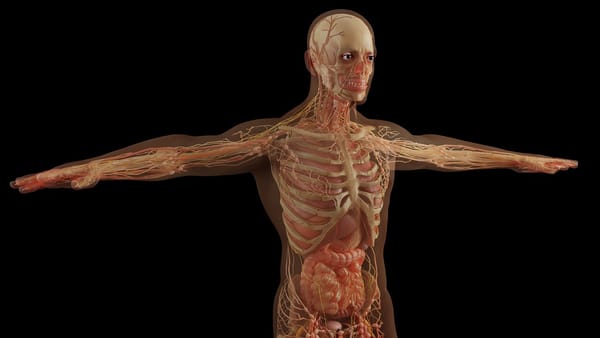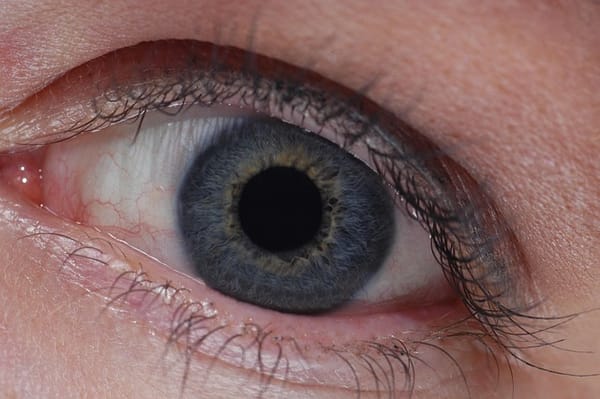A spiritual response to Dr. Gabor Maté’s view on addiction
I. The Modern View: Healing as Emotional Reconnection
In The Hungry Ghost Inside Us, Dr. Gabor Maté presents addiction as the attempt to relieve an inner emptiness rooted in early pain. His essential thesis is simple and compassionate: not why the addiction, but why the pain?
For him, addiction compensates for the loss of love and safety in childhood. The wounded child seeks from the outer world the peace, control, and calm that were once denied. Maté extends this diagnosis to whole societies: consumerism, power, wealth, and domination are collective addictions born from disconnection. The remedy, he says, lies in reconnection — rediscovering the “light within,” building community, and restoring empathy with nature.
This approach speaks powerfully to the psychological dimension of suffering. But it stops at the threshold of the spiritual world. It addresses pain without asking what pain itself might mean in the biography of the human being — what inner lawfulness speaks through it.
II. The Missing Dimension: The Spiritual Law of Descent
The human being does not begin life as a blank organism but as a being of soul and spirit, descending from pre-earthly existence into the dense realm of matter. Birth is therefore a cosmic contraction: we enter an existence where the divine light that sustained us must now be rediscovered from within.
Forgetfulness of the spiritual world is not a flaw — it is the very condition for freedom. Yet when a culture denies the spiritual altogether, the child’s descent becomes brutal. If the adults surrounding the child see only a physical organism or a psychological mechanism, the child’s spiritual orientation is not mirrored back. The etheric body — that tender intermediary between spirit and matter — becomes wounded by neglect and disbelief.
What arises is the pain of dis-incarnation: the loneliness of a being who has fallen into a world that no longer remembers heaven. Addiction, in this light, is not simply compensation for early trauma. It is the soul’s instinctive protest against a world that appears spiritually dead. Through the chemical or the thrill, the human being seeks once again the warmth of the lost world — the remembered homeland beyond sense and time.
III. The Threshold of Inverted Initiation
Every initiation in the mysteries once began with a descent — into darkness, death, or the underworld. The soul had to lose the light to rediscover it on a higher plane. Addiction repeats this gesture, but in reverse. It is a parody of initiation, enacted without consciousness or guidance.
The addict seeks ecstasy, dissolution, transcendence — but falls instead into compulsion, fragmentation, and despair. The threshold is entered, but not crossed. To perceive addiction as inverted initiation is to recognize both its tragedy and its latent sacredness.
The addict is, in a distorted way, already on a spiritual path — but one lacking initiation’s structure, community, and moral orientation. Where ancient candidates were accompanied by hierophants, the modern seeker faces the abyss alone, with no language for what is happening.
IV. Re-Anchoring the Soul in the World
The healing of addiction therefore cannot consist merely in “connection” or emotional catharsis. It must involve a re-anchoring of the soul in the lawful spiritual order of the world — the rediscovery that the physical world itself is the body of spirit. This begins with education.
Children must be received as beings freshly arrived from the super-sensible. The surroundings — color, rhythm, warmth, and truthfulness — must speak to their etheric reality. When this is honored, the descent into earthly life becomes an act of confidence, not exile.
For adults, healing means re-awakening this perception: learning to see the spiritual in the sensory world. In art, in nature, in meaningful work, the soul begins to feel again that matter is not empty but ensouled. From this recognition arises moral strength, trust, and the quiet joy that no substance can imitate.
V. The Way Forward: Conscious Initiation
Where addiction mirrors a fallen initiation, spiritual science offers a conscious one. It teaches how to endure emptiness without fleeing it, how to behold pain as the threshold of revelation. Through exercises of attention, reverence, and creative activity, the human being can transform the longing for escape into the longing for truth.
Thus, the question is not merely why the pain, but what is the pain asking of us? If we listen deeply, we find that every wound contains a gesture of the spirit seeking to awaken in us. Addiction’s fire, once purified, becomes the same fire that burns in initiation — the fire through which the I AM learns to know itself as eternal. VI. Concluding Image Addiction reveals the modern human being standing at the broken gate of the Mysteries — exiled, half-conscious, yet still yearning for the world’s true light.
The task of our time is to rebuild that gate — to form sanctuaries, schools, and communities where the descent into matter can again lead upward, toward freedom, gratitude, and creative service. For the soul does not wish merely to be soothed. It wishes to behold the real — and to discover within that beholding that love itself is the world’s law.







